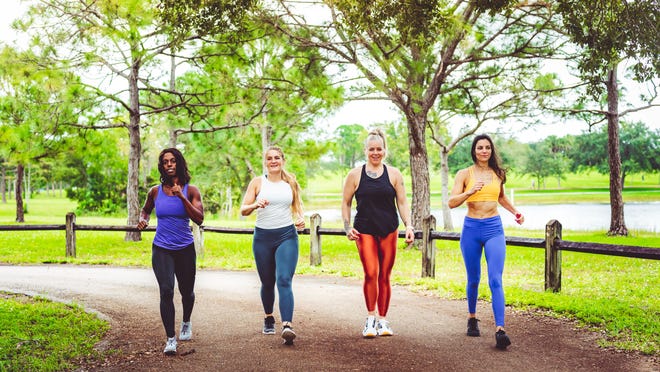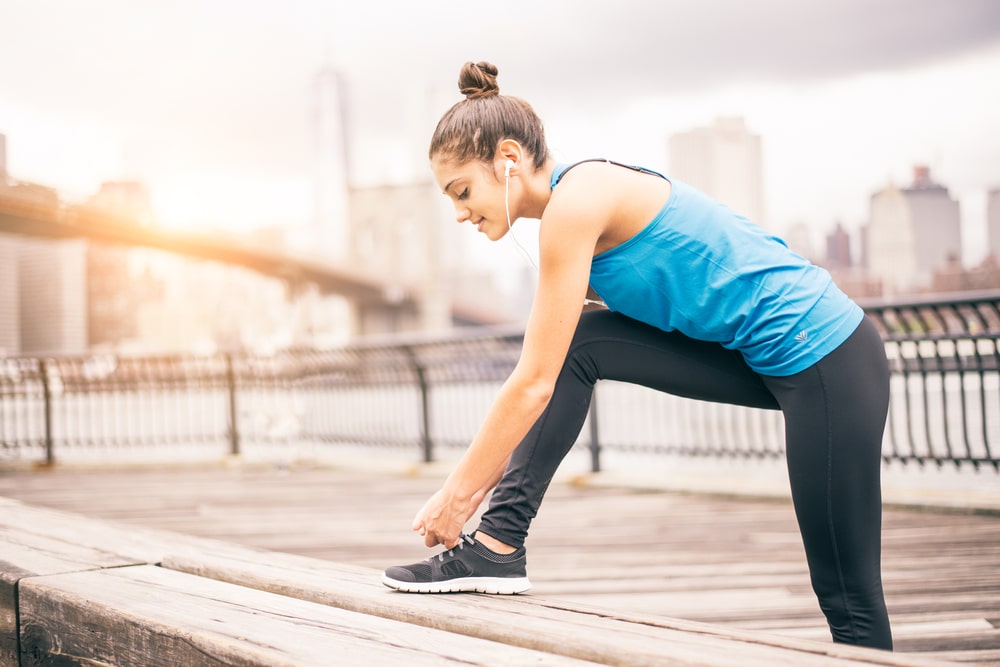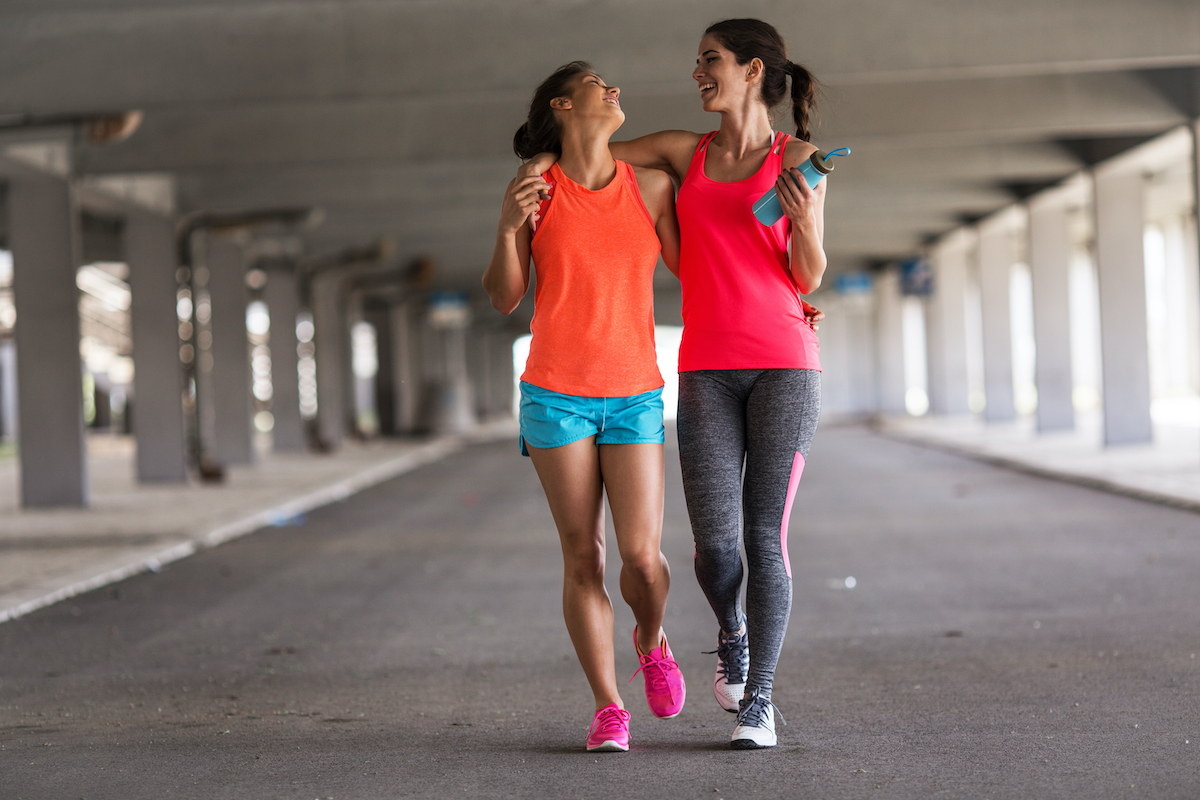Walking is a great type of exercise because it doesn’t call for any special gear or a membership to a fitness centre. Despite its apparent simplicity, walking has many positive effects on health. In this article, we’ll discuss why walking is good for you and how to work it into your daily routine.
Walking’s Many Benefits
Better heart and blood vessel health: Cardiovascular fitness can be increased through regular walking. Which strengthens the heart and increases blood flow. The risk of cardiovascular disease and hypertension can also be reduced.
Controlling one’s weight: Walking, a low-impact form of exercise, has been shown to aid in weight loss and maintenance by raising metabolic rate and reducing appetite. If you’re not able to do high-impact workouts like running or leaping, this is an excellent alternative.
Improved happiness: Taking a walk has been linked to a boost in mood and a lessening of anxious or depressive feelings. It’s calming and relieving because it triggers the release of endorphins, the body’s “feel-good” hormones.
Energy boosted: By increasing blood flow and oxygen to the muscles and brain, walking can boost energy. It’s an effective method of warding off exhaustion and boosting performance all day long.
Benefits to Joint Health: Walking, in comparison to other forms of exercise, is a low-impact activity that is easier on the joints. The chance of developing arthritis can be lowered and joint health improved.
Also, Read- The Dark Side of Drinking: How Alcohol Consumption Affects Your Health
Tips for Increasing Your Daily Step Count:
Climb the stairs: If you can avoid using the lift, walking up the steps is preferable. This can provide you a fast burst of exercise whenever you need it, throughout the day, and help you reach your daily step goal.
Please park further away: You should park further away and make the extra effort to walk there. You may get in some light exercise and increase your daily step count by doing this.
Intermission strolls: Take short walks around the office or outside during breaks instead of sitting at your desk. Having more energy and being able to concentrate better throughout the day can result from this.
Exercise after eating: Get some fresh air and get your metabolism going with a post-meal stroll. The danger of getting diseases like diabetes is lowered as a result.
Track your steps with a pedometer.
Get yourself a pedometer or fitness tracker and commit to gradually boosting your daily step count. This can serve as a source of inspiration and responsibility as you work towards your health and fitness objectives.
Guidelines for Optimizing Your Walking Exercises:
Put on some soft, padded shoes:
You won’t receive the most benefit from your walking workouts until you invest in a good pair of supportive, comfy shoes. Choose shoes that fit well and offer your feet and ankles plenty of support.
A pre- and post-workout stretch: Stretching before and after your walks can help prevent injuries and boost flexibility. This can lessen muscular fatigue and increase flexibility.
Gradually ramp up the pressure: If you want to see results from your walking workouts, you need ramp up the difficulty over time. You can do this by running faster or farther, or by incorporating jogging and sprinting intervals into your routine.
Don’t mess up your form: To get the most out of your walking workouts and lower the chance of injury, proper technique is crucial. Keep your shoulders back, tighten your core, and use a natural, free arm swing.
Change things up: Change up your walking routine by taking different routes or adding in hills or stairs to keep your workouts from becoming monotonous.
Conclusion:
Walking is a great kind of exercise that can improve your physical and mental health in many ways. Following these guidelines for optimising your walking workouts can help you reap the many health benefits of walking, including better cardiovascular health, weight management, mood enhancement, energy boosts, and joint health. Benefit from walking’s accessibility and convenience by including it into your everyday routine.










